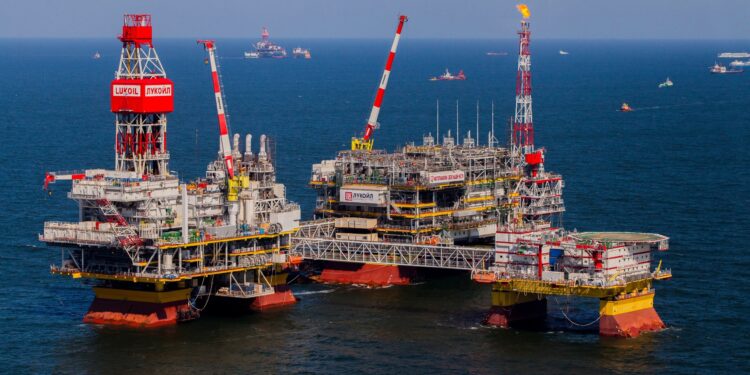KazMunayGas Plans To Drill Three Exploration Wells This Year
“KazMunayGas plans to drill more than three exploration wells this year,” said Magzum Mirzagaliyev, Chairman of the Company’s Board, in an interview with the press service.
Equipment is already being mobilized at a well in the Kyzylorda region at the Turgai Paleozoi site; it is planned to go to great depths – 5,500 meters. Exploration will be carried out at the expense of KazMunayGas.
Also in 2024, deep pre-salt drilling is planned at the Karaton Podsalt structure, located in the Atyrau and Mangistau regions; for this well the company plans a depth of up to 5,500 meters. Exploration will be at the expense of Tatneft. Last week, the companies signed the final documents on entering the project on the terms of financing exploration from partners.
“In addition, it is planned to drill a well for this year together with the Eni company in the Abay area in the Caspian Sea,” added Magzum Mirzagaliev.
Magzum Mirzagaliev also reported on new KMG production projects: last year a joint venture was created with LUKOIL on the Kalamkas-Sea, Khazar, Auezov project in the Caspian Sea. Active work has already begun. There are plans to reach first oil production in 2028-29. For KMG, this is a large and significant project that will not only produce oil, but also create new jobs in the Mangistau region, which is extremely important, Magzum Mirzagaliev said.
Magzum Mirzagaliyev also said that the company’s priority is increasing gas production and its commercialization. At the moment, the growth potential could amount to an additional 6.7 billion cubic meters of gas per year by 2030, excluding large projects (Tengiz, Karachaganak, Kashagan). Last year, three new gas fields were launched: Rozhkovskoye in the West Kazakhstan region, Aksai South in the Kyzylorda region and Eastern Urikhtau in the Aktobe region. In addition to the listed projects, the Gas Strategy includes the Central Urikhtau field with a production potential of up to 900 million cubic meters per year, the Western Prorva and Kalamkas fields (up to 1.1 billion cubic meters per year).











